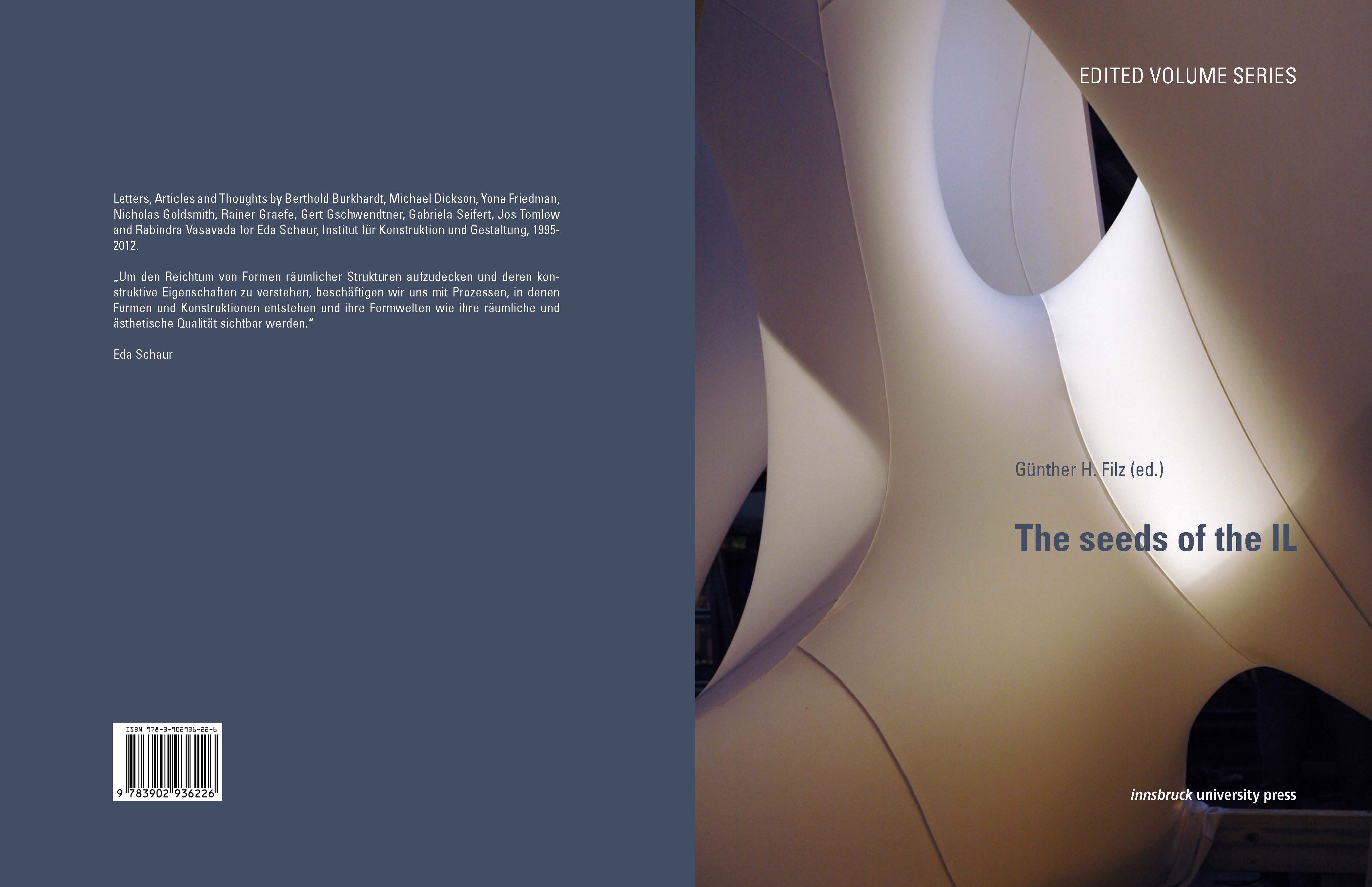Selforganization and selforganizing systems are manifold and (almost) ubiquitous. Most branches of science, applied research and praxis from physics, biology, sociology, economics to architecture have to deal with it. In all these disziplines selforganization is a rather fascinating concept that allows for a huge number of autonomously acting and performing subsystems to perform as an interacting whole. Again this new system, which is taking into account all data and input of all subsystems, is acting autonomously and therefore performs a collective task. This happens without further and specific interference from outside. On the other hand even small changes of one subsystem affects the structure of the collective whole. This behavior characterizes selforganizing systems as complex and difficult to predict.
The processes of selforganization can be perceived – an essential part for architecture and engineering – in a wide range of patterns in 2D and forms in 3D. We can think of two-dimensional patterns of people`s footprints in fresh snow, animals path in the savanna, three-dimensional formations of snow in dependence of geographical topology and wind, of nests of termites or ants or of swarms of fish or insects.
Dressler (2007), investigates selforganization from the perspective of computer sciences and argues, that “selforganization has a number of advantages compared with other control paradigms. So, it becomes possible to operate huge numbers of collaborating subsystems, even in cases of limited resources, unreliable communication and massive failures of single systems” but on the “side effect, such as the increasing complexity and nondeterministic behavior.”
Selforganization under physical conditions is subject of research for many years. Architects and researchers like Antoni Gaudí or Frei Otto uncovered the enormous potential of selforganizing processes and its forms – both for architecture and engineering. At the same time they illustrated the “natural” aesthetics of these forms in their built projects.
Today the processing power of our computers and the performance of our software increase and allow for faster, multifaceted and parametrical simulation of varying data and preferences. At the same time the lack of material and/or financial recourses and the necessity of its diligent and sustainable use bring selforganization as a methodology back into the focus of architecture. In “Selforganization in Sensor and Actor Networks” Dressler (2007, 6) states: “A control mechanism is required in order to enable the swarm to fulfill global tasks such as foraging. In this context, each individual works on its own intention but collaborates on a global task.”
From the perspective that architecture can be seen as a product of inter- and transdisziplinary exchange the Symposium “Form-Rule|Rule-Form 2014 Selforganizing forms and processes.” asks researchers of different disciplines for present views on selforganization as a methodology for and in architecture.



